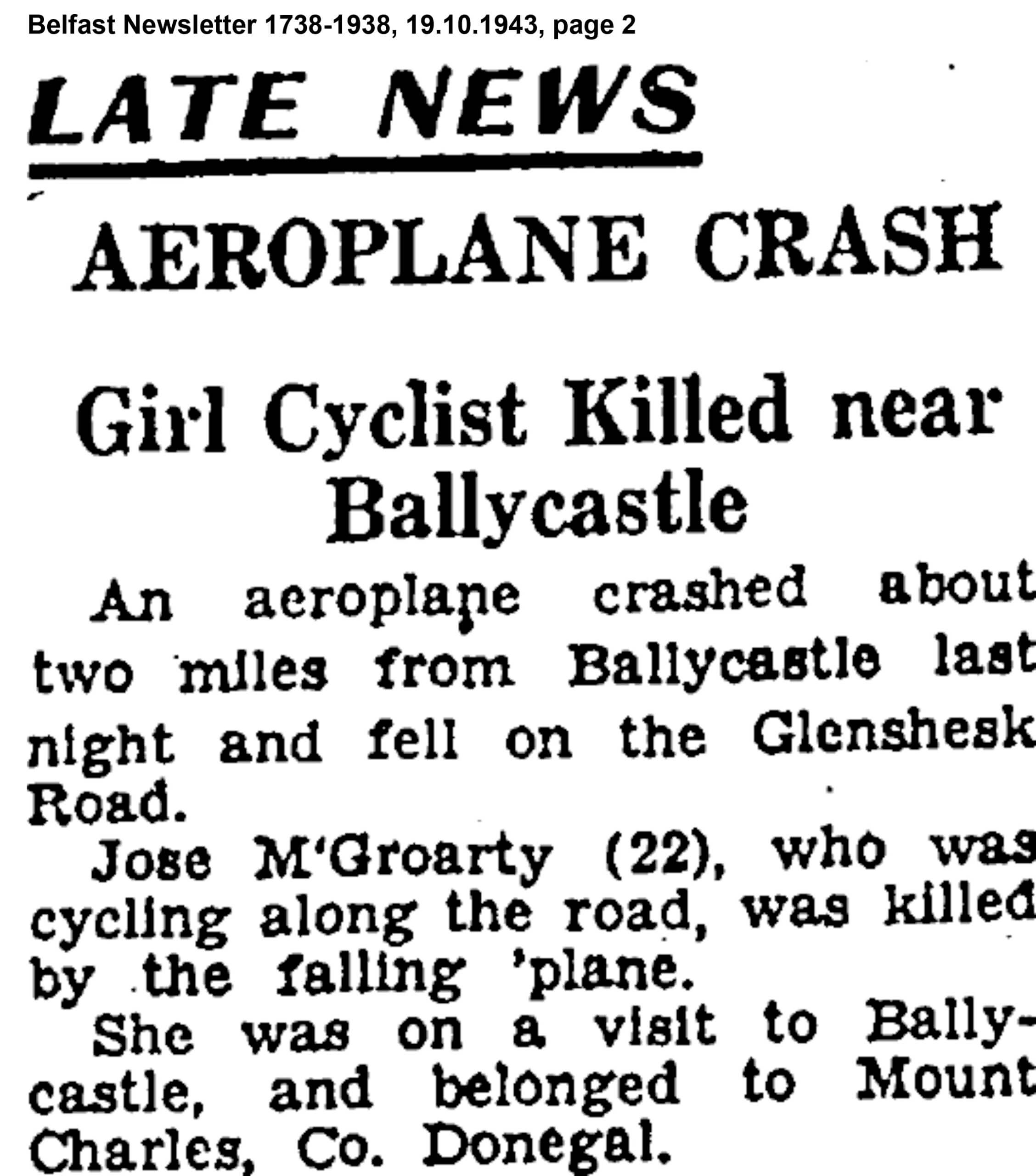Modern History
For such a less travelled Glen, Glenshesk has a surprising amount of history, and in recent centuries, it has played it’s part in shaping this island. Don’t forget also to Click the other Menu options under “History” to learn about Famous People, Infrastructure, etc. If you want to contribute, Message us from the Home page option at “Contact us”
Glenshesk Bridge:
Glenshesk Bridge is an early Victoria bridge built by William Bald in 1846. He also famously built the Antrim Coast Road, which at the time (during the Irish Famine) was the largest civil engineering project in Ireland. Similar in design to Glendun Viaduct (3 arches) which was built by Francis Ritchie, and designed by the famous architect Charles Lanyon in 1839. This might suggest that the Glenshesk Bridge was also designed by Lanyon. It is known locally as the “Big Bridge”, and is unique in the Glens of Antrim as the only known bridge with carvings on both sides; see photo of carvings attached.
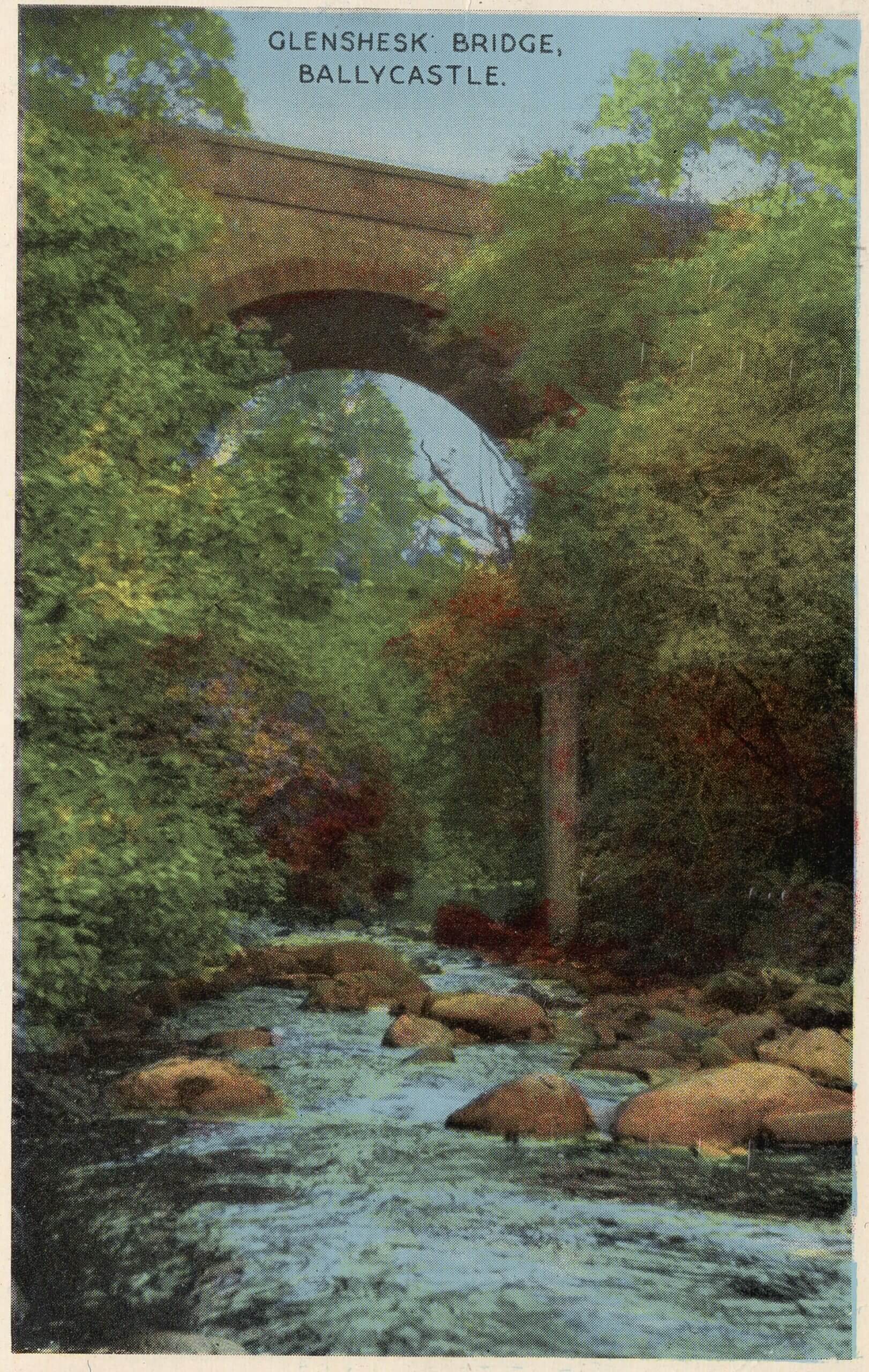
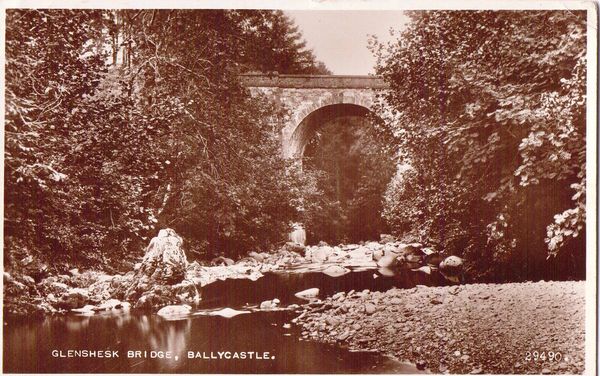

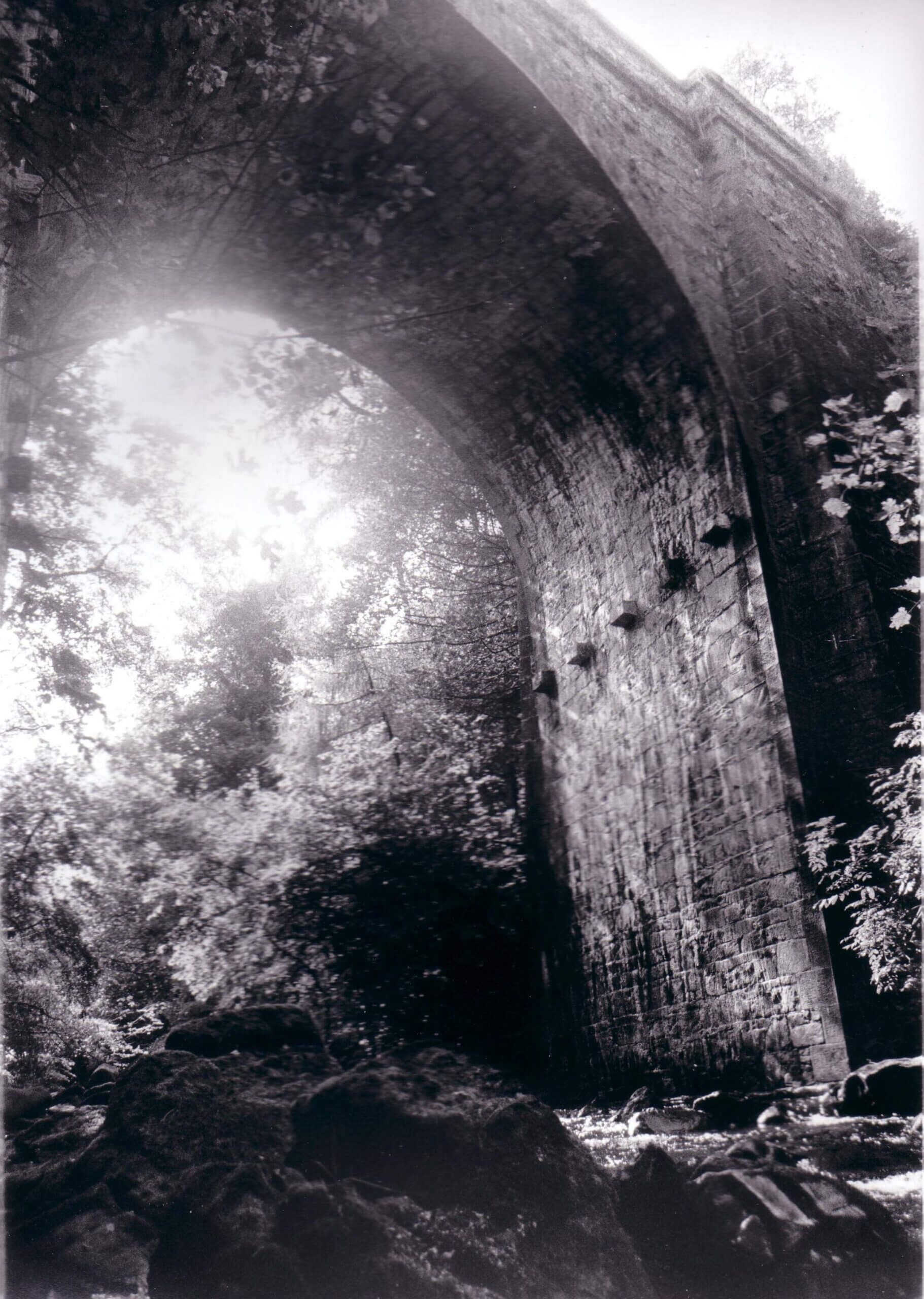
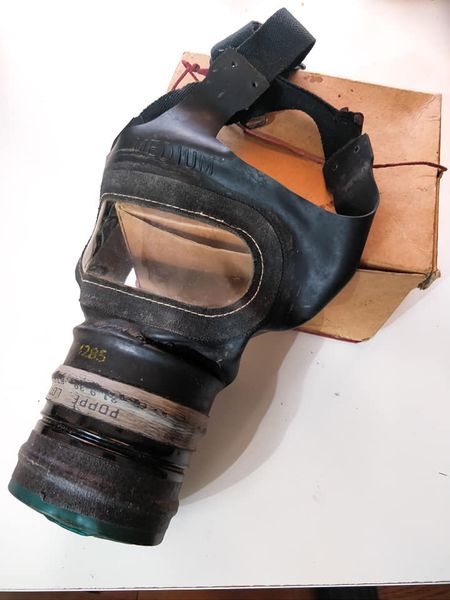
The World at War
Like all parts of the UK, the Glens and Glenshesk was affected by the First and Second World Wars. As it was a farming community, most of the men during the wars continued to farm the land, which was important important contribution to the country during a time of war and food shortages. However “The Soldier” , John Neill, from the Glen was pressed into service, whilst working on the roads in the highlands of Scotland during WW2.
During WW2 all of the locals in Glenshesk were given gas masks in case of an attack. Duncarbit mountain was also used by the British Army for target practice using large artillery guns, which created at the time, large craters, which have all but disappeared over the decades. However, as we will find out below, Glenshesk, because of its proximity to the North Antrim Coast was the scene of several unusual, but tragic plane crashes.
WW2 Airplane Crashes at Drumacullin, Glenshesk x 2!
At Easter time 1941, Kevin Francis McCaughan and his father Francis were taking the sheep in from Duncarbit Mountain, Glenshesk. When the sheep were grazing on the mountain, many of the sheep always ended up on Glenmakernan and Drumacullin (see photo), running alongside Ballypatrick Forest. Up the valley on the mountain, Francis took the left, along Glenmakernan, to the top of the mountain and Kevin took the right. Near the top of the mountain Kevin noticed the outline of something which he thought was a gun, but in fact in later transpired was the wing of a plane!
Kevin couldn’t understand how his father who he saw in the distance, could not see it, even though he was directly underneath it. Later both men on their way down with the gathered flock of sheep met a neighbour, Paddy Laverty, who was looking for his sheep. At the turf banks, over halfway home, Kevin mentioned it to his Dad; they then looked back up the mountain to see the silhouette of the object, with their binoculars but couldn’t really make out what it really was. At that time there were all sorts of stories about the Germans possibly invading Ireland, and in response there was talk about the British Army installing big guns around the coast. They thought that this might be one of those guns; Duncarbit Mountain had been used by the British Army in previous years to test out big artillery guns.
Working with the sheep the following day, Francis decided he would go up in the late evening to see what the object was, as he wasn’t happy with the explanation that it was just a gun. He walked to the top of the mountain and found a crashed plane with several bodies strewn around the wreckage. As he wasn’t back home until after 11pm that night, he went down the next morning to Ballycastle and informed the Police who needed to report it to higher authorities. The Policeman rang the airport to report the crashed plane, but they reported back that there was no plane missing. Francis told the policeman that it was definitely a crashed plane on his land, so the Policeman rang again, and for a second time they rang back later to say that there was no report of any crashed plane. Policeman Abbott who was from the Republic stated on the telephone that Francis was an honest man, and if he said that if he said that there was a crashed plane, then there was. Later the authorities phoned back to say that there was a plane missing but that it wasn’t a scheduled flight, and that this was a plane that they had done some alterations or repairs, and that they had taken it out for a test run, and that it must be the crashed plane. It had left Prestwick in Scotland at 2:45am, and that possibly the plane crashed whilst Francis and Kevin were gathering sheep from Duncarbit Mountain!
Kevin and his brother Sean went up to see the crashed plane the following morning. It had broken off behind the wings, and one of the wings was sticking up in the air. This is what Kevin saw on the first day. Five men had been travelling in the plane, but all had been thrown out of the wreckage. The dead were all in civic clothes, but several had the clothes pulled off them including their boots. The bodies were taken out via Carey beside the Lough, as this was the easiest access route to the crash site. Important parts of the plane were removed.
Just over a year later a second plane was in trouble as the pilots had got lost, and had to land. They shone a light down and when they saw how close they were to the ground, they decided to land. The plane landed, although it slid a bit, landing more or less in one piece, coincidentally only a few hundred yards from where the previous plane had crashed a year previously! This time Kevin was clearing out a bier on the home farm, Duncarbit, when a tall pilot in full uniform knocked on the barn door and said he had just crashed; Kevin sent him into the house. Local farmers Joe Mc Allister and John McCaughan had called over to visit Duncarbit and became involved in the unfolding drama. The Pilot said that one of the crew could not walk, but the rest could, so Francis, Kevin’s Dad, made a stretcher out of sticks and bags stretched across it. Mary, Kevin’s Mum, made tea and sandwiches and all went back up the mountain, and carried the injured pilot down. John McCaughan, who was going to Ballycastle, informed the Police about the plane crash, but the police didn’t turn up until late in the evening.
This plane was broken up with hatchets. As the American Army were on manoeuvres in North Antrim, they were asked to assist with the clean-up of the crash site. They put steel wheels on one of their Jeeps and after driving to the top of Duncarbit Mountain, placed the Perspex nose of plane and other parts into the back of the Jeep, and took these parts back down to Duncarbit Farmyard, and then piled up these parts in front of the barn. A few days later a large tailor came and took the wreckage away. When it was in the farmyard, a soldier guarded it and would not let Kevin and his siblings near it. After three days the guard was replaced by another soldier, who instead screwed bolts, etc., off the plane and gave them to Kevin and his brothers. Sean, Kevin’s brother was given coloured wires which he then wrapped around his bicycle. A mechanism similar to that of a bicycle chain that worked the back flaps of the plane by the pilot was removed by the soldier so the McCaughans ended up with many bicycle chains!
It is surprising to learn that during this time, two other planes landed on the same farm, one in the field called “Tearard” and the other above “The Old Field”, but no casualties were reported for these.
The above account was recorded directly from Kevin Francis McCaughan in 2011
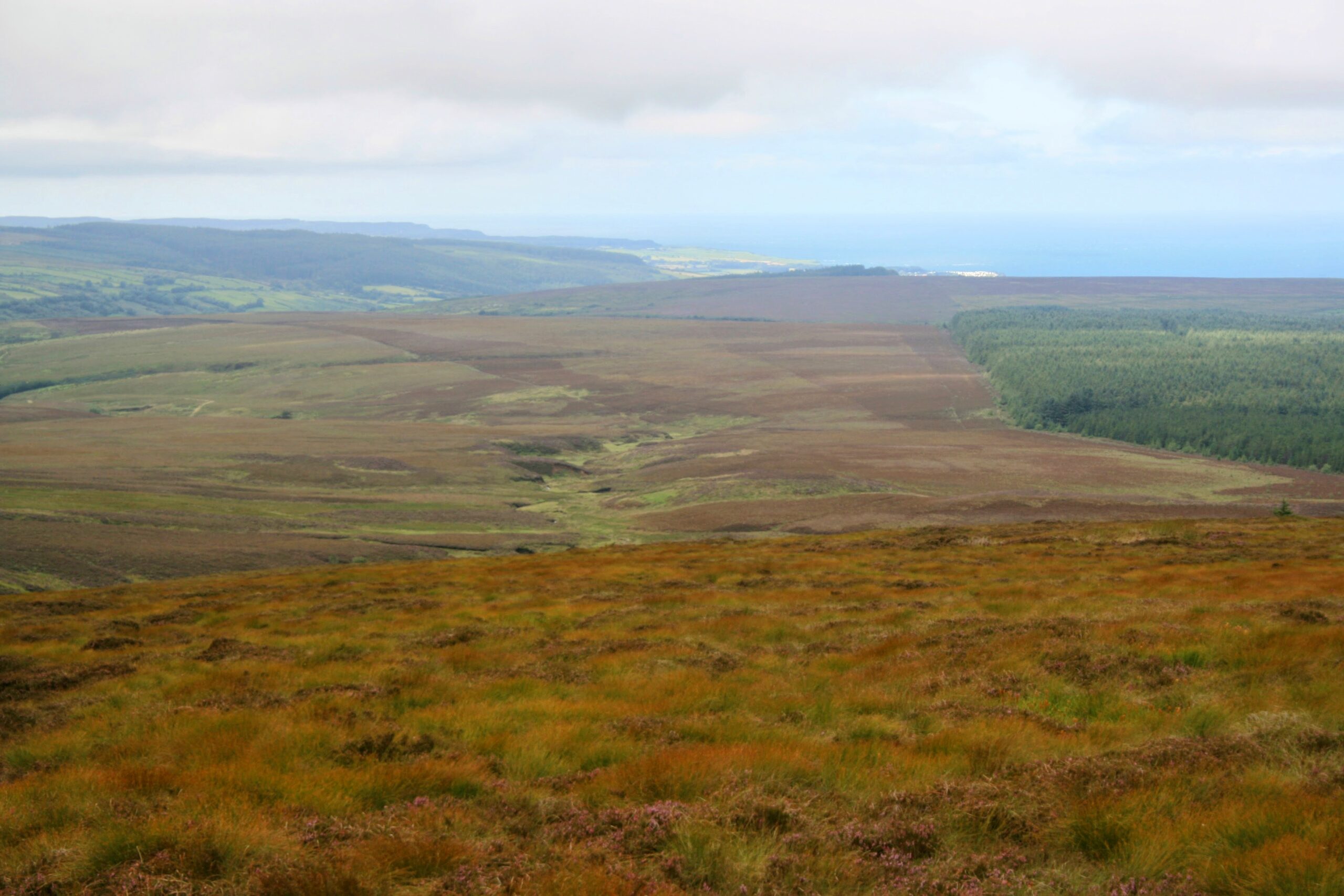
WW2 Plane Crash near Cool Brae kills crew and bystander!
If you thought the story of the plane crash in Drumacullin was strange, this story is even more so! In summary, in this case another plane crashed near cottages at the foot of Cool Brae, after hitting the top of Knocklayde. However, it crashed into a ditch between the Glenshesk River and a cottage, slid along the ditch, hitting and killing a bystander, eventually hitting the cottage when one of the crew was thrown out of the cockpit, through the window of the cottage and landed inside the house! The photo opposite is of the type of plane that crashed. If you think this is made up, then read the actual account in the Link below which has been put together from military records etc.
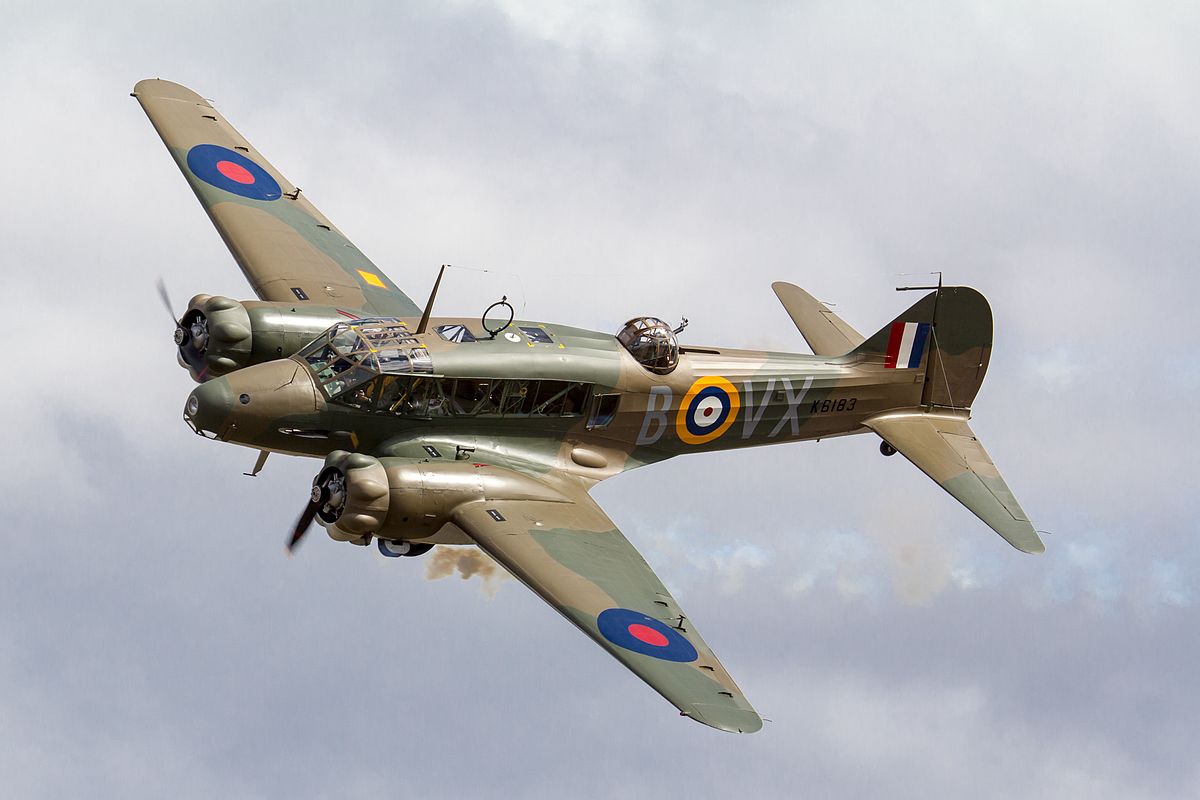
Glenshesk Football Team;
Here is an interesting photograph taken in either 1911 or 1912 of the Glenshesk Football Team which is all made up of all cousins of McBrides and McCaughans! They were on their way to play a match against a team from Belfast at the time. There is a great account of the match recorded below, in a local newsapaper, many decades later.
Back Row: (Fr) John McCaughan, Frank McCaughan, Denis McBride & Joseph McBride
Middle Row: Joe McBride , (Fr) John C.McBride, James E McCaughan, James McCaughan & Frank McBride
Front Row: Patrick McBride & PJ McBride
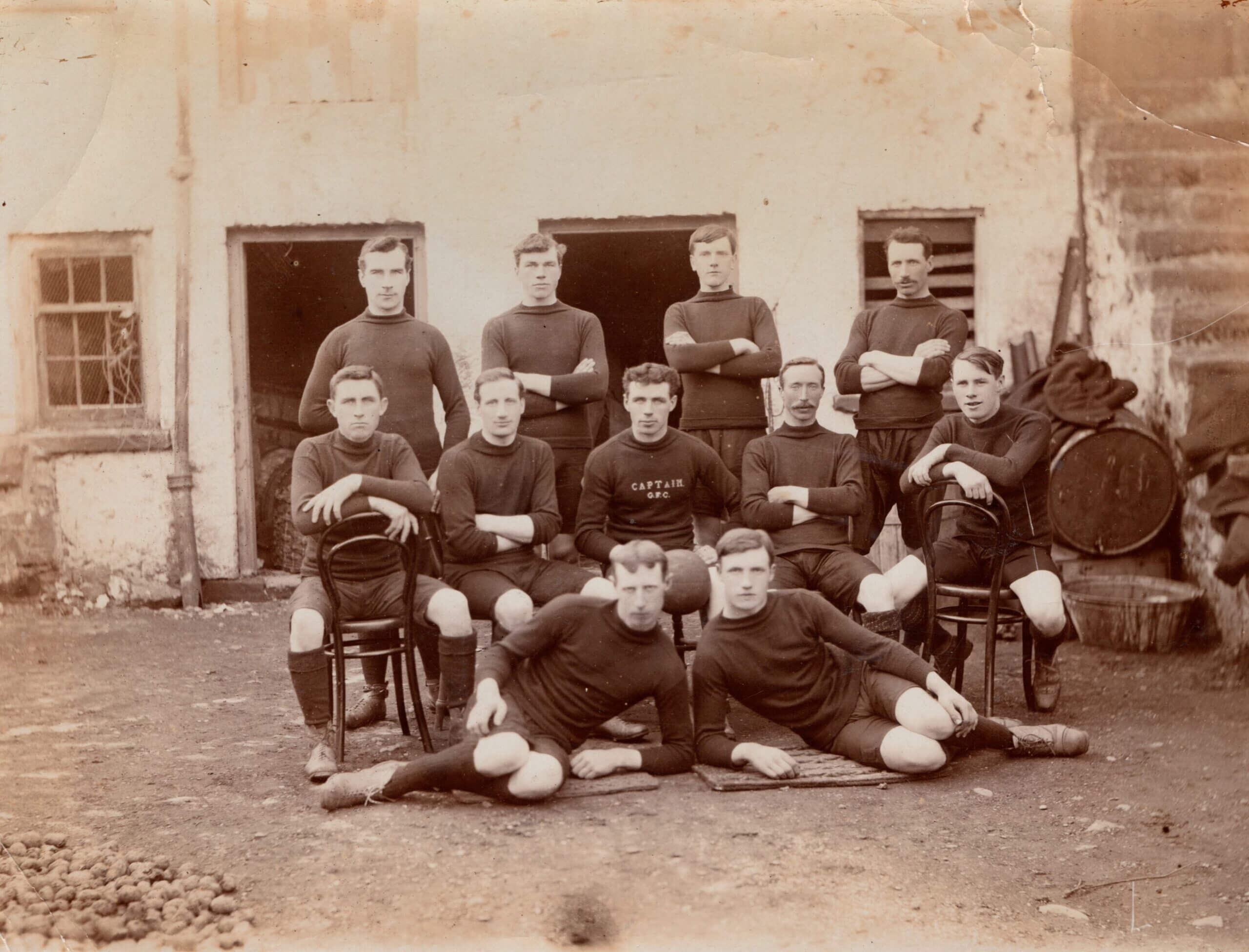
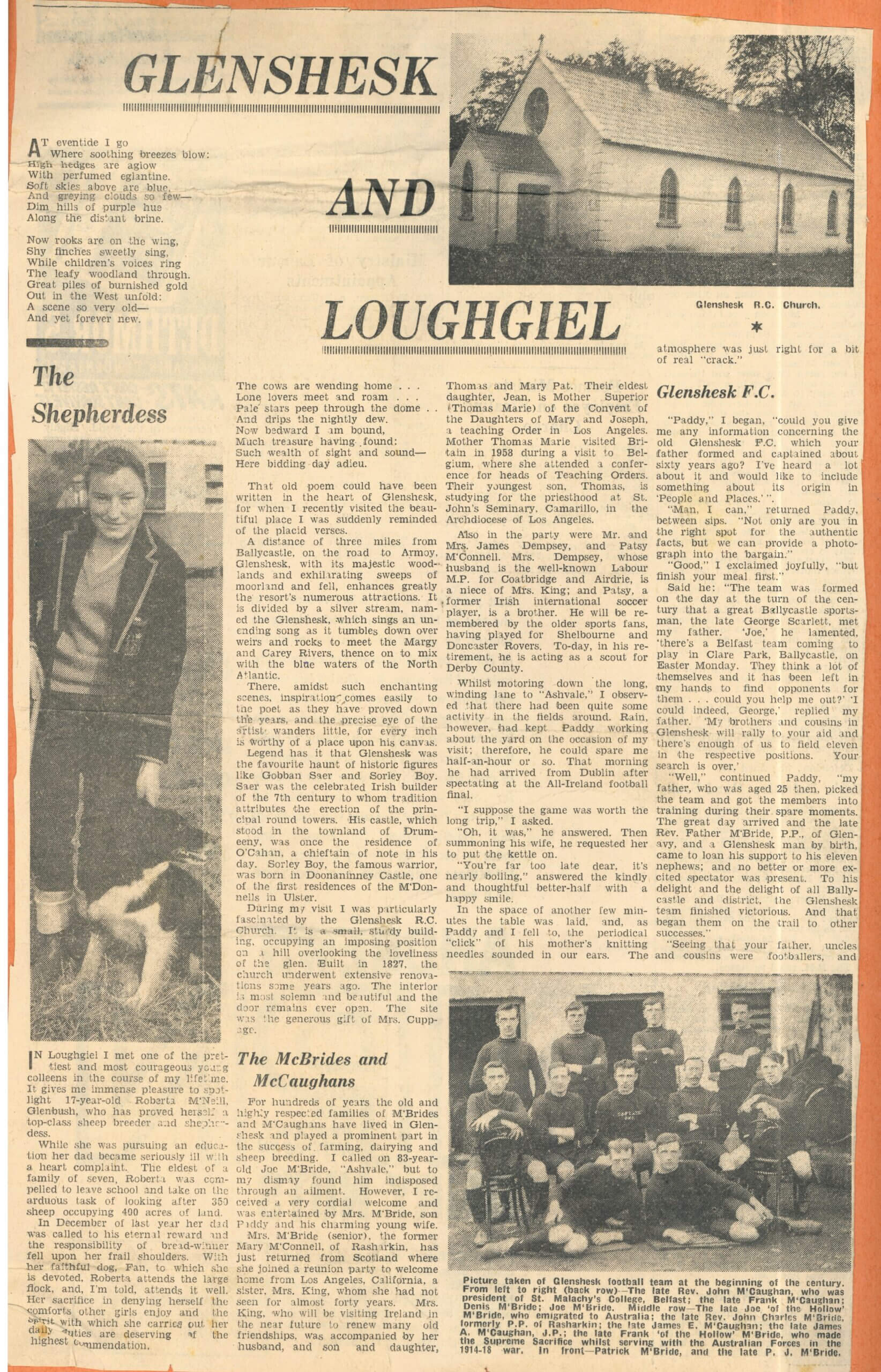
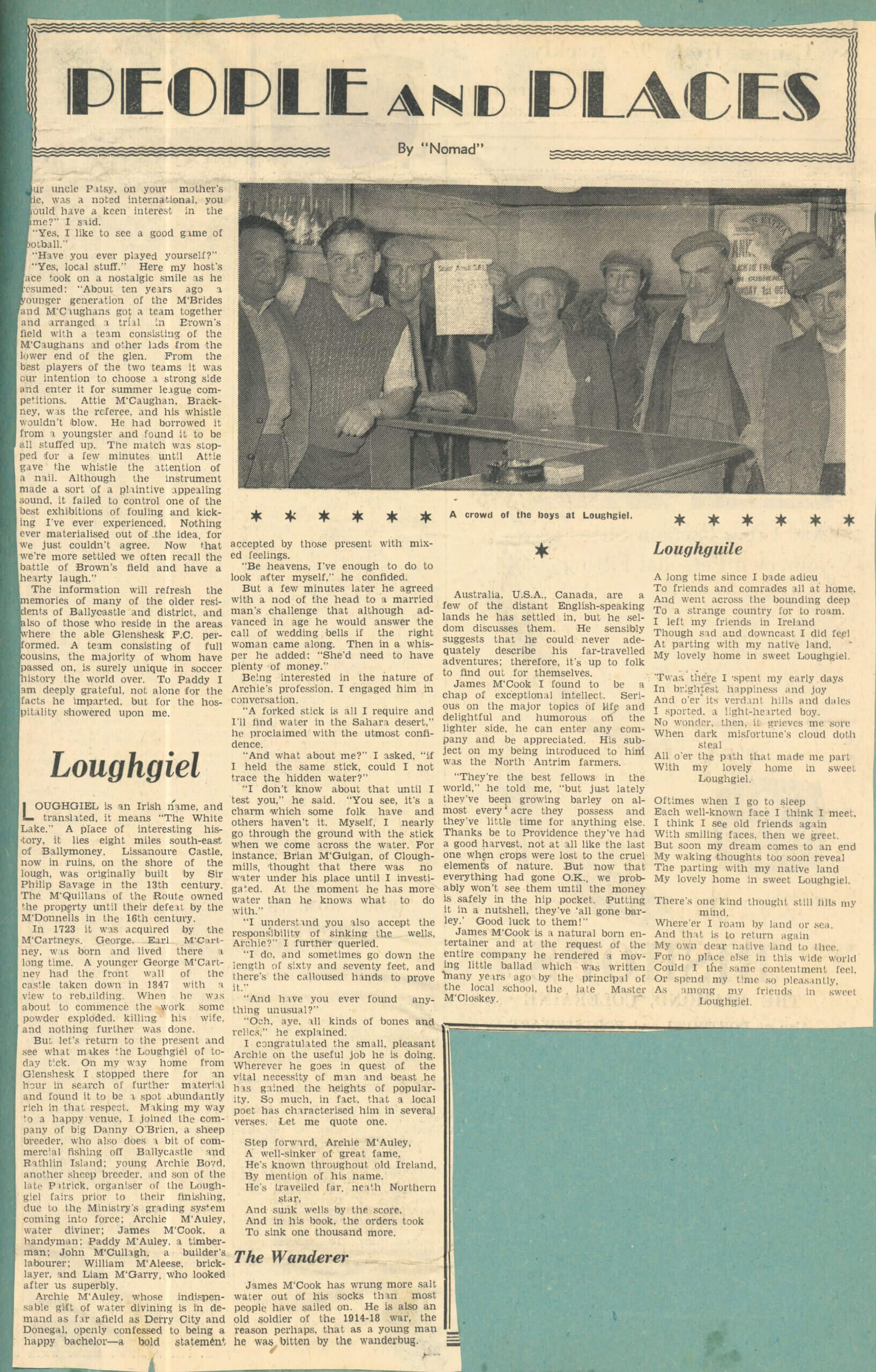
Entertainment:
In the 19th and early 20th century, up until the 1960’s when cars became readily available, people in the glens had to make their own entertainment at home, or seek it out locally. Within Glenshesk, the Ceili tradition was strong and neighbours often visited each other’s house for a ceili, with music, tall stories and a bit of craic. Although many glens people were teetotalers there was stronger drink available, as can be seen from the remnants of the “Still House” in Duncarbit where poteen was made out of sight, hidden in an ancient woodland . The building which is quite inaccessible to get to, was no doubt used and enjoyed by the locals, back when potatoes were a popular crop in the glen! Swimming was also popular, particularly at Henry’s Step above the Glenshesk Bridge, and the Ladies Lough on the Owencam River just above the Glen Chapel Footbridge.
The Glenshesk National School building may have been used for some community events, but it is not known. However, the community did all come together for Church events, and to this day at mass, it’s one of the few churches where the congregation still gather after mass for a considerable time for a chat, no matter what the weather!
If you wanted to head to a local dance in Armoy, Ballycastle, Carey, Cushendun or further afield, then it was by bicycle, which was quite a jaunt to get too. During winter months this was more of a challenge, particularly coming back in the pitch dark at night!

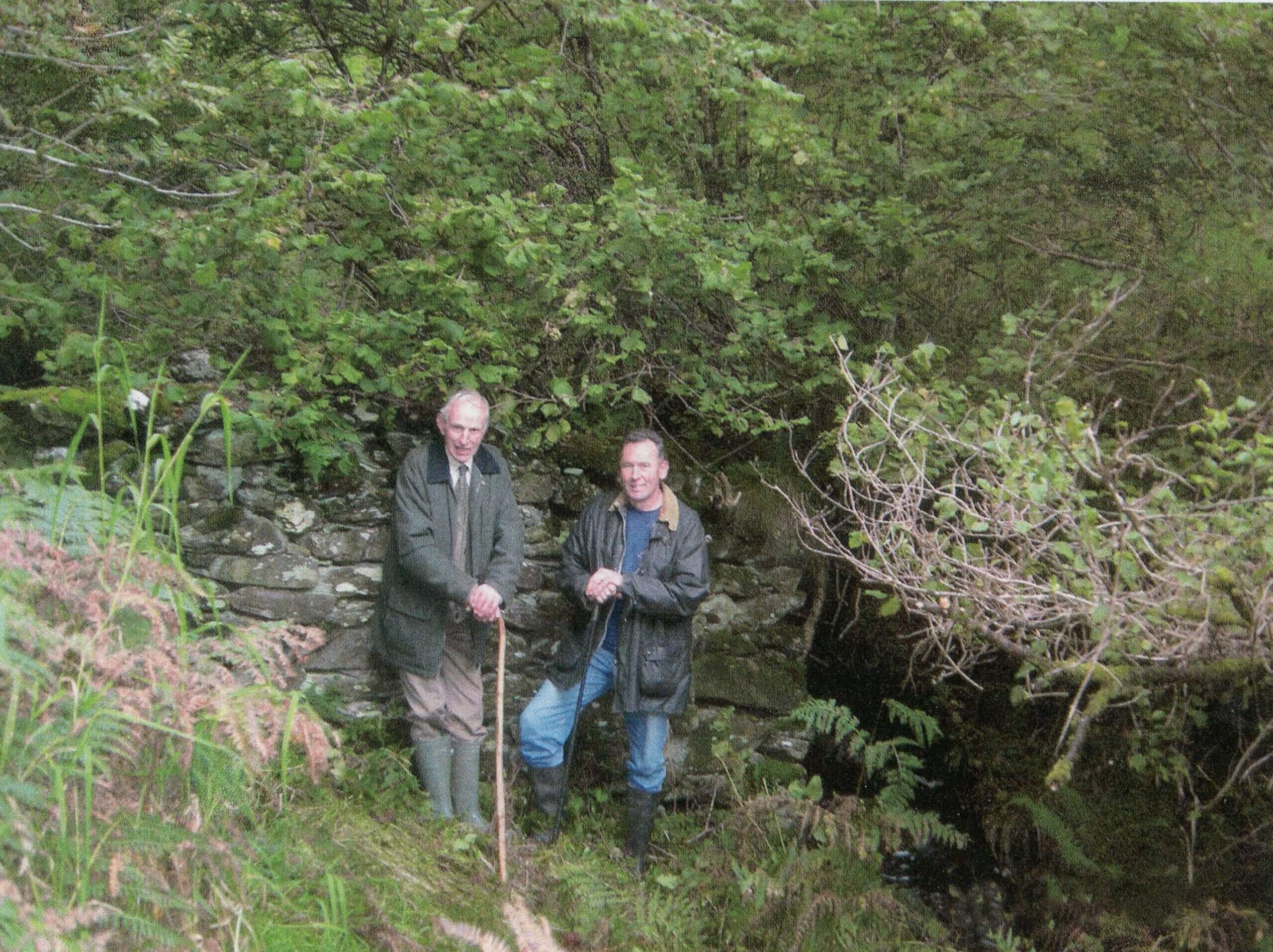
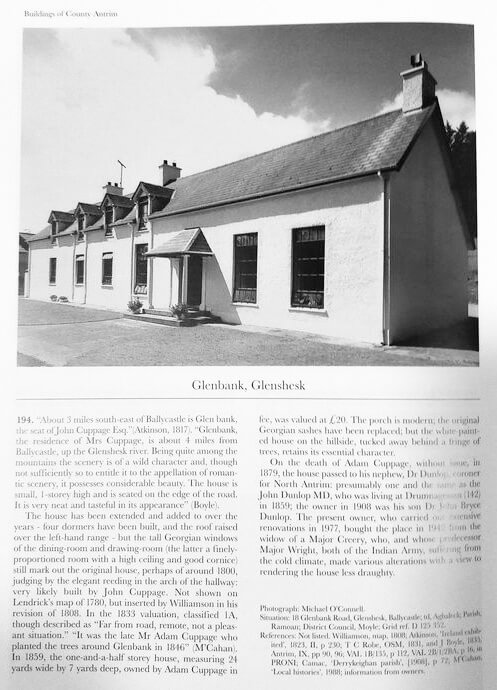
Glenbank House
“Glenbank the residence of Mrs Cuppage is about four miles from Ballycastle up the Glenshesk river. Being quiet among the mountains the scenery is of a wild character, and though not sufficiently so to entitle it to the appellation of romantic scenery it possesses considerable beauty. The house is small one storey high and is seated on the edge of the road. It is very neat and tasteful in appearance”. (Ordnance Survey Memoir for the Parish of Ramoan, Co Antrim by James Boyle, 1835).
Glenbank house is probably the oldest inhabited house in Glenshesk.
Adam Cuppage, a landed proprietor and magistrate, lived here with his wife. Adam was the Chairman Of Ballycastle Union and was responsible for the administration of the Ballycastle Workhouse which opened in 1842.
It was Mrs Cuppage who paid for John Henry Mc Auley (Clare, Glenshesk) to train in Belfast as a carpenter, after an accident at the Glenshesk Bridge; his mother worked in Glenbank House. John went on to become a wood carver with his premises just above McLister’s shop in Anne Street, Ballycastle. At this time he wrote the famous song “The Ould Lammas Fair” about Ireland’s oldest and largest Fair, which is held annually in Ballycastle.

